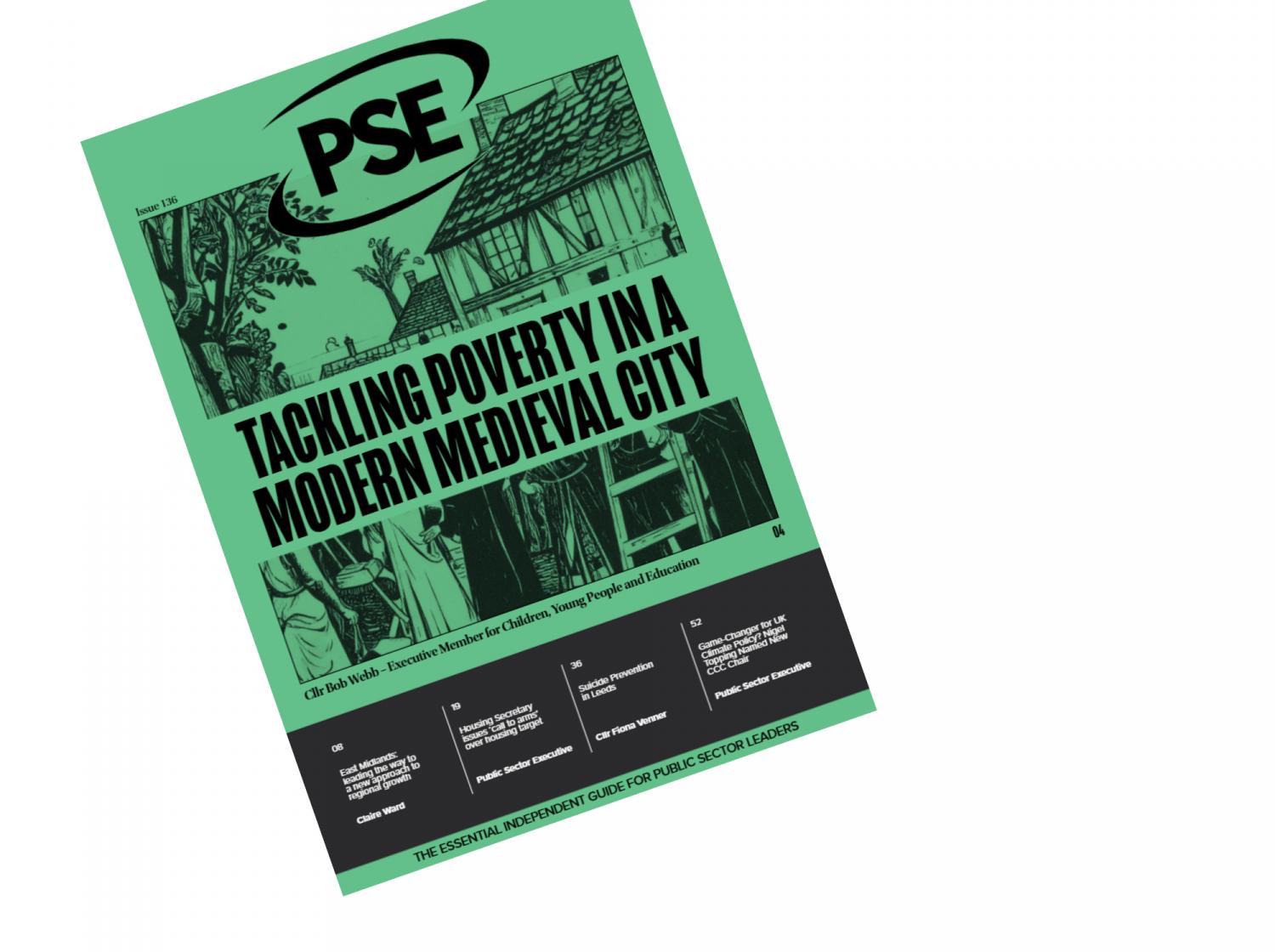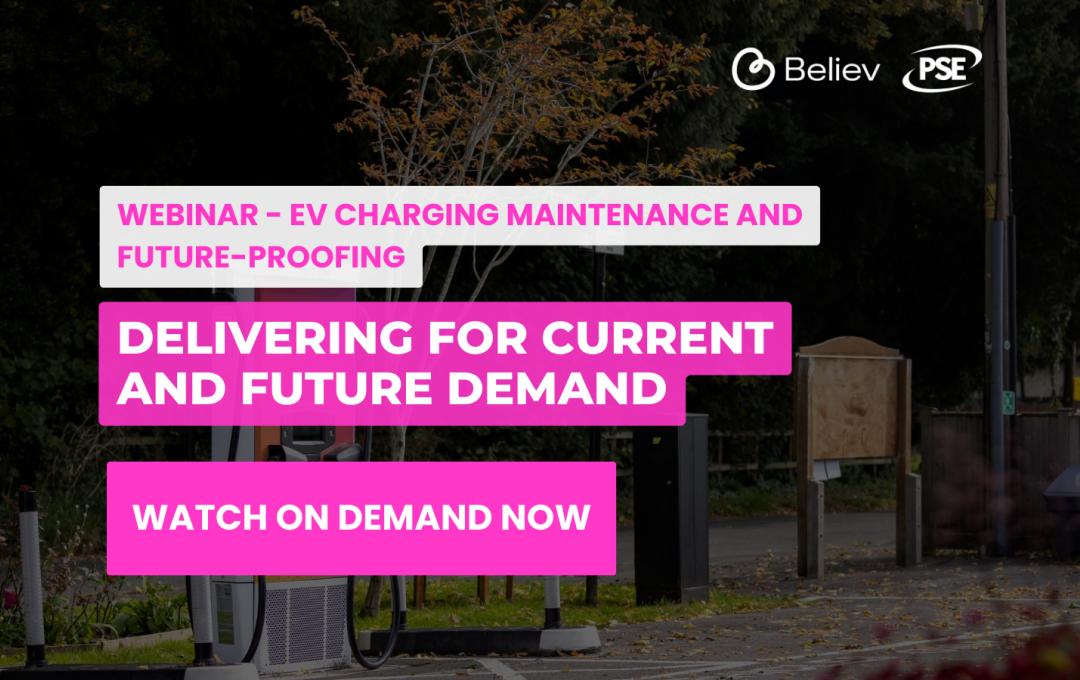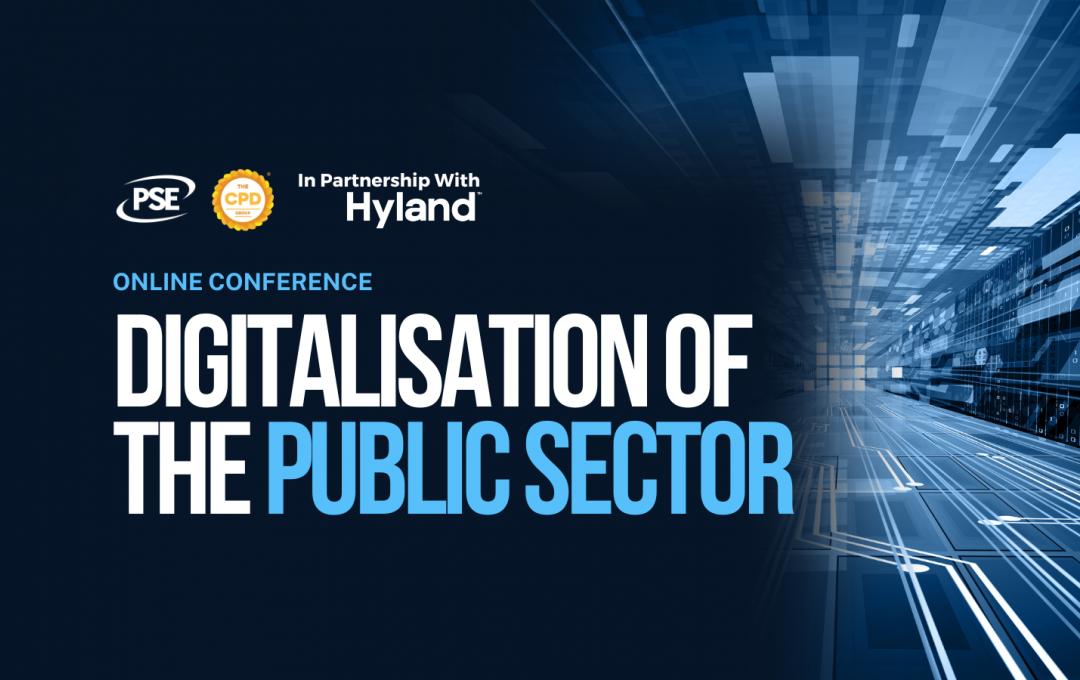Words provided by Bluebeam, editorially reviewed by Public Sector Executive
Electronic plan review is rapidly becoming a solution for government agencies involved in construction. While government projects may not be the first thing that comes to mind for the industry, with the volume of projects being processed through government agencies, the need for efficient processes within project review is paramount.
Enter, the North Carolina State Construction Office. By making the digital transformation to using Bluebeam Revu for design reviews and approvals, the state is facilitating growth at an astounding rate. Since going digital for electronic plan reviews, the state has seen a 39% increase in productivity. This means more projects, more jobs, and more expansion for the state, increasing opportunities and growth for the industry and not just for the office.
Bluebeam sat down with LeaAnne Hahnel, business systems analyst for the state of North Carolina, as well as Isaac Loydpierson, engineering intern to learn about the state’s digital transformation and how Bluebeam Revu plays a huge part in the electronic plan review process.
Bluebeam: What was the initial problem you were looking to solve by trying to create a new plan review process?
Hahnel: We were swimming in paper. Time was also a factor, as the reviews took a long time to process because we were reviewing plans one discipline at a time. We’re a government agency, money and resources are always a top concern. Many of our staff are getting closer to retirement age so the thought of changing process is tough. I think these were our two biggest challenges and the reason why we created the new process.
Bluebeam: How did the office choose Bluebeam Revu for the new process?
Hahnel: The town of Carey, North Carolina, uses design review for their in-house design and a lot of their project plans. They invited us over to see their whole system. They walked us through how they use Bluebeam, and that was just really cool to collaborate with them. On the client side, we actually had a key pool of designers that are out in the market that had projects with us, and they were willing to do some pilot projects with us to run through our system. We walked through the projects with that designer, and we kind of developed our end of the usage so that it was beneficial to them as well.
Bluebeam: How long did it take you to come up with what you wanted to do and then how long did it take you to implement?
Hahnel: We started a committee in March of 2018, and took us maybe three or four months to establish the direction that we wanted to go in. Then we developed it and it took maybe three or four additional months to start onboarding. There are about 25-30 people, all of whom are from the state office. By January 2019, we were up and running, with the entire staff onboarded by June 2019.
Bluebeam: How did the committee work together to decide the work flow?
Hahnel: We have different disciplines here. We’ve got architects, civil and structural engineers, electrical and mechanical and so forth. We pulled them in to make them a subject matter expert and they went back to their sections to talk about what Bluebeam could do. In a way, we were taking away that scariness of change and becoming acclimated with Revu without really putting all hands on it. That eased them into the process and that’s where Isaac came in and he developed some hands-on “Just In Time” trainings.
Bluebeam: How did you roll out the “Just In Time” trainings?
Loydpierson: One of the more important things we did with the “Just In Time” trainings was to break them down to the smaller groups. We took a certain amount of people in each discipline, between three and six people. We had lunch and learns to introduce Revu and showed them the idea of markups. Then we reviewed the process and showed them how reviews get into their hands and then what happens after they’re done with it, to the point where [the reviews] get back to the designer.
Hahnel: What was really interesting to see, though, was how each one of those disciplines would come back. There would be one person in that discipline that would have branched out and figured out how to do some other things, and he or she would bring that back to the table and share it. They probably gleaned a lot more knowledge than they had anticipated getting in that one session.
Bluebeam: How did the idea of standardized markups or comments help to get buy-in?
Hahnel: I think the beauty of that was we were paper, so everybody was creating all of this information on a notepad, and then they were transferring it to a Word document. And then this Word document got sent over to our admins, and they would put it into the entire comment section. So, for them to have the ability to put that information right on the plan where they wanted it, I think they were just thrilled to remove one of those cumbersome steps.
Loydpierson: I created some tool boxes and little tool chests for them with cloud callouts; a few of the basic standard tools that I felt could be used for all their markup needs, and I did it by discipline.
Bluebeam: How did Bluebeam Studio get used within your process?
Hahnel: We had these long reviews… some of them were weeks—depending on what type of review was coming in. If you’ve got one set of plans, you would pass that one set of plans through the disciplines. But now all the disciplines can review that document simultaneously within that Studio session, so it’s not in a holding pattern until it gets through all the disciplines.
We have a naming convention so we can carry that document title over into the documents within the Studio session. We had the opportunity to link that in our project management system called Interscope. So, while you’re in Interscope, you can actually click on the Bluebeam Studio Session and it will take you over there if you have permission. That exchange of data has been fantastic.
Bluebeam: How did you primarily exchange the PDFs?
Hahnel: Our ITS department put SharePoint in the background of our Interscope program, which is the state government project environment. We could pull [plans] over into the Bluebeam Studio Session. The Interscope system alerts us that they’ve uploaded the file and we can pull it over. That was our technology bridge of how to get things into the Bluebeam system and let the state of North Carolina still own those documents.
Bluebeam: Has it enhanced collaboration?
Hahnel: Oh yeah, and on the other side of that, because we are a state government agency, we support all of the department agencies, all of the universities and all of the community colleges. A lot of those agencies and universities have on-site engineers and architects that do in-house projects, so they’re shifting over to the Bluebeam system so they can get into those sessions and transfer that data back and forth a lot easier than what we were doing in the past. I can see everybody moving towards electronic processing.



















